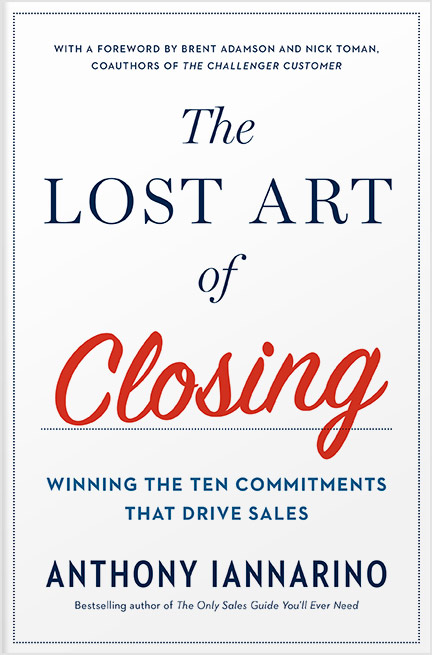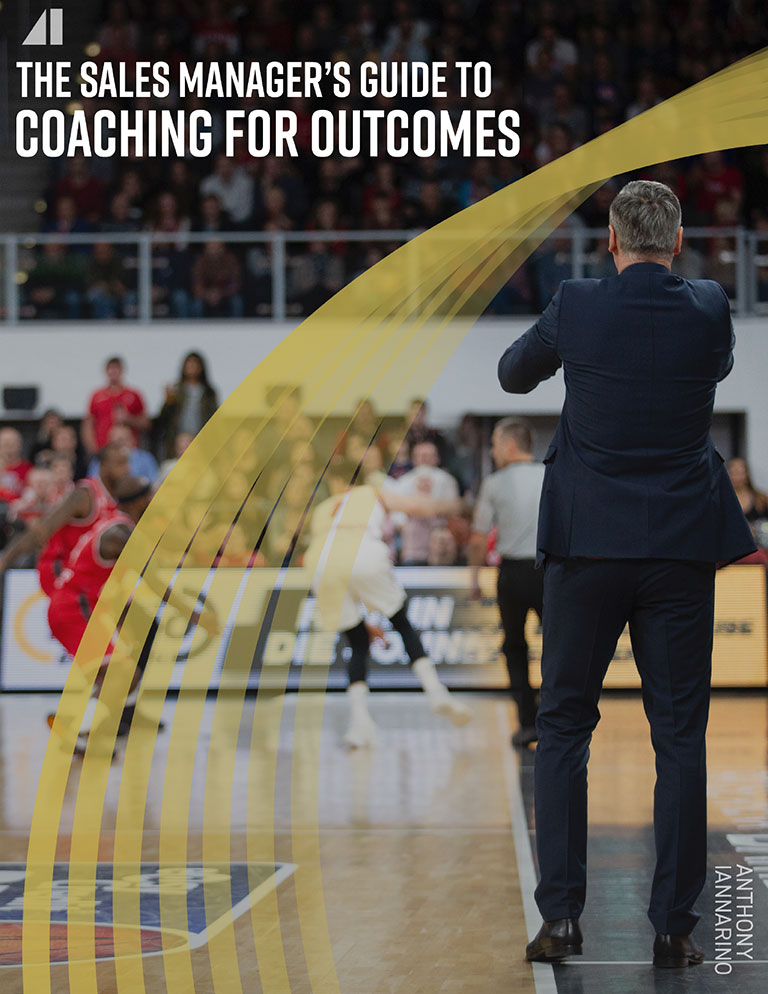You may have heard some sales leaders call the “pipeline” something like “pipe-lies.” You may also be familiar with forecasted closing dates as “Hopeium.” Under the very best of circumstances, forecasting can still be incredibly difficult. When there is greater uncertainty, it can seem impossible. However, some factors can help you dial in your sales forecast, moving you closer to what is true, even if you don’t like the truth your forecast reveals.
Use the Client’s Go-Live Date
Most of the dates that you see in your CRM in the field titled “closing date” are what you might call sales rep dates. They aren’t the actual closing date, but rather, they are the date by which the salesperson would like to close the deal. You can easily spot these dates because they are the last day of the month or the quarter, and never the second Tuesday of the month, when the CFO is available to sign the contract.
One of the fastest ways to improve your forecast is to require the salesperson to ask the client what date they would like to go live with your solution and why they chose it. The client’s date, while not perfect, is a better guess than the last day of the month, a date that is irrelevant to the client, since they are not trying to make their quota.
Control the Process
While it’s relatively easy to start a conversation about the date at which the client would like to go live with their new solution, it’s much more difficult to control the process, guiding the client through the commitments they need to make and keep around all the conversations they are going to have with you—and the people inside their company—as they move forward with whatever change they need to make to produce better results.
Because you are a consultative salesperson, it’s not only your responsibility to provide your client with the best advice about the decisions they make, but also to help them with a sales process that allows them to make a good decision about their future, one that allows them to gain the support of their team, and one they can execute. (See The Lost Art of Closing: Winning the 10 Commitments That Drive Sales).No more pushy sales tactics. The Lost Art of Closing shows you how to proactively lead your customer and close your sales. 
By controlling the process, you improve your ability to forecast effectively, by agreeing to timelines throughout the process.
A Mutual Action Plan
In larger, more complex sales, you can improve your forecast by providing your client with a mutual action plan. The mutual action plan outlines all of the things the client needs to do throughout the process, as well as all the things the salesperson and their team are going to need to complete.
The MAP might include things like the acquisition of the data you need to develop a solution, meeting dates, solution reviews, or kickoff meetings before going live. Providing a timeline for these activities by working backward from a go-live date improves your ability to forecast a deal.
Keep Score on Commitments Missed
If anything provides a sign that your closing date is almost certain to slip into the next quarter, it is missed commitments. A client who continually cancels meetings, pushes dates and struggles to bring the right people into the conversation because “something came up” demonstrates what you can expect in the future.
Missed commitments may indicate that you and your solution are not important enough to dominate your prospective client’s time and attention. They might also be very busy, overwhelmed, and struggling to manage a lot of different and competing priorities. In either case, improving your forecast means removing deals that show signs of pushing.
Acquire an Executive Sponsor
In modern b2b sales, it can be very difficult to figure out who is the “decision-maker” when it is almost certain that there are going to be many people who will have the opportunity to weigh in on any decision to change, as well as who they believe will make the best partner. However, in large and consequential deals, there is sure to be an executive leader who needs to approve the deal.
It’s difficult to forecast a deal without knowing who is making the decision. A deal without recognition of who will make the decision and who will provide approval is one that you might leave out of the forecast. A meeting with the executive sponsor to understand what they need, why they need it, and what you need to provide them to garner their support will improve your ability to include the deal in your sales forecast.
Leverage What’s Compelling
One of the most important questions you can ask about any deal is, “What is compelling the client to change?” even though it is heartbreaking when the salesperson is unable to answer the question. Not knowing what is compelling the client to change, what they are doing, or who they have as a partner is often strong evidence that this deal doesn’t yet belong in a forecast.
Keeping deals tracking towards a forecastable closing date is made easier when something is compelling the client to act—the more compelling the reason, the greater the likelihood of the client meeting their date. But the opposite is also true; if going live in October is just as good as going live in August, you need more evidence to include the deal in your forecast.
Review Consequences
When there are real consequences for failing to change, the consequences are very helpful in ensuring the closing date is real. The false consequences of salespeople and sales organizations don’t carry the same weight. The threat of a price increase or the loss of a discount doesn’t rise to the level of real consequences, mainly because your client isn’t buying what you sell because they are trying to find discounts.
Real consequences include lost clients, missed deadlines, increased operating costs, and a loss of profits. Conversations about consequences and dates improve your ability to include a deal in your forecast when missing the date comes with real consequences.
The Salesperson’s Pipeline
Another factor worth inspecting is to judge the integrity of a deal being forecasted, even if it has little to do with a specific deal. That factor is the salesperson’s pipeline, something that provides a different level of context for deciding whether or not to forecast any deal.
A salesperson with a robust pipeline, one with enough deals that they aren’t reliant on any single deal to reach their goal, allows for greater integrity when forecasting. A salesperson who needs a specific deal may also need to believe that it will close by the end of the month or the quarter.
Using a combination of these factors as part of your forecasting method can help you improve your confidence in your forecast. Working to dial in real dates and ensuring the right conversations are occurring, and client commitments are being made—and kept—will get you closer to the truth.

Get the Free eBook!
The Sales Manager's Guide to Coaching Outcomes
The success of the team depends on the coach's ability to bring the players together, teach, and lead. Invest time in improving your leadership with this eBook.
Download Now







.jpg?width=768&height=994&name=how-to-lead-ebook-v3-1-cover%20(3).jpg)


